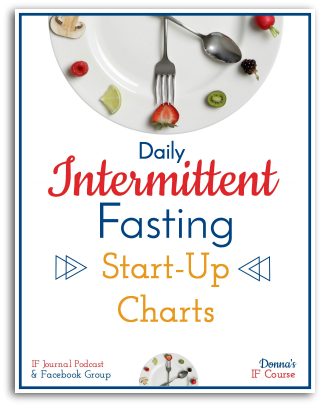In our homeschooling workshops, and especially in my workshops for moms (Prioritizing, Organizing, and Scheduling—Helps for Homeschooling Moms), we talk a lot about setting timers for family and for kids. Timers can show our kids (and ourselves!) how much we can get done in a short amount of time. Many efficiency expert teachers talk about using timers for productivity. Timers are not new.
Task lists are likewise not new. I teach about list making (and will definitely be doing that here on Donna Reish)—from the Terrible Task List to the Fast Five to the ABC’s of Prioritizing. I have been a list maker since I was a child and credit a lot of my efficiency and thoroughness with list making.
Timers. Lists. Two productivity tools that most high achievers use.
However, once I began combining the two, I found my work level increasing greatly (and the work level of our children getting better as well).
While I don’t do this all the time, when my task list alone or my timer alone does not seem to be yielding the results I want, I combine the two.
For example, if you find yourself working on a task list related to a project, but you do a task, mark it off and veer off into cyberspace, you might be super effective if you take that task list, estimate how much time it would really take to complete it (if you didn’t leave your WORD doc screen or where ever your task list resides), and set a timer for that time. The timer causes you to want to stay on the list because you are challenging yourself to complete the list in the time that you thought it would take.
Likewise, if you have a set time to complete something (say contacting x number of people about your product or opportunity), but you work for a while and realize you are not getting to very many people (or very many tasks), add a list to that timer—make a list of people that you can contact within that time frame, set your timer, and use the timer plus the task list.
This combination is a dynamic duo for me during highly distracting times. (Of course, many experts recommend downloading apps that block your notifications for times of intensive work…that might be a good next step.)
A common scenario for me might look like this: I need to get certain things done in the kitchen, but I only have thirty minutes. Because I know of my tendency to start organizing cupboards or to make something that is not on my list, I might make a short list in the order that I want to get things done in the kitchen and then start my time. My timer keeps me working fast, and my list keeps me from doing things that are not immediate.
When might this T + T combination not work? Well, it doesn’t work well if you are still an overplanner. That is, it breaks down if you put way more things on your task list than what you can do in the time that you are allotting.
It also doesn’t work well if you are not clear in your priorities—you can set a timer and have a great list, but if you still are not sure what to do first, second, third, etc., this approach might not work.
Lastly, it doesn’t work if you are not going to take the task list and the timer both seriously. If you are not in “get it done no matter what mode,” even “magical solutions” will not work. (See my article—”Just Do Something!”)
(For especially great Timer + Task productivity, check out my ABC’s of Prioritizing!)
Timers work. Task lists work. The key is always doing what works for you!
I like to think that timer plus task list equals productivity. I know it has for me, and I hope it will help you too.
Comment below with how this tip helped you, how you used this approach, or another tip that you use!











